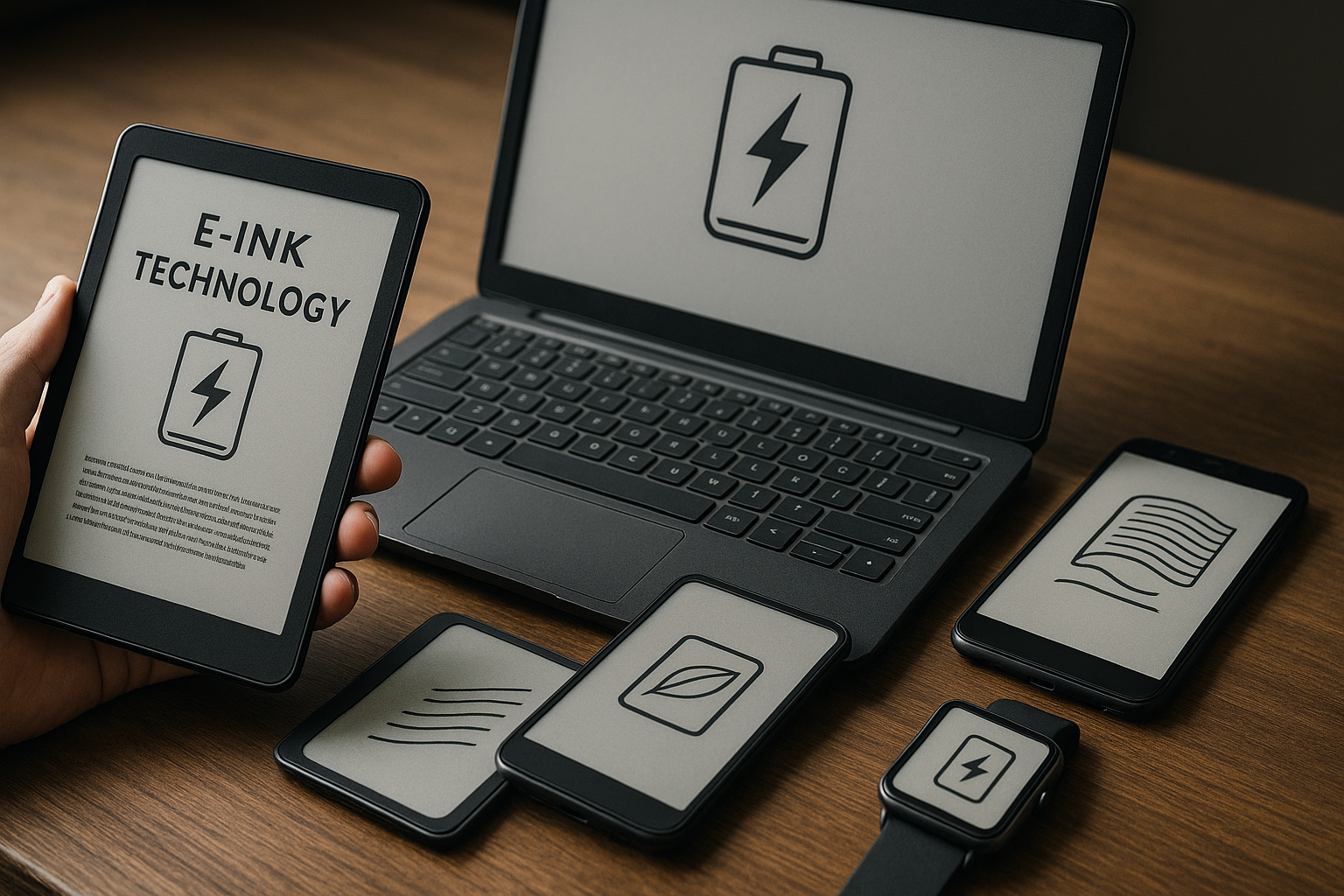Compatibility Checks for Internationally Shipped Devices
Receiving a device from another country can introduce unexpected compatibility and safety issues. This brief overview highlights practical checks to perform on arrival for refurbished or new laptops, smartphones, and tablets, focusing on shipping, inspection, battery condition, warranty verification, and security considerations.

Internationally shipped devices require compatibility checks beyond basic plug types or cosmetics. Whether you receive a refurbished laptop, smartphone, or tablet, start by verifying that the model and serial numbers match the order and that regional radios, firmware, and power requirements are compatible with your location. Document any visible damage, review the paperwork for warranty and return terms, and run initial tests to detect hardware or software anomalies before migrating personal data.
How to verify device compatibility?
Check model numbers and region codes against official specifications for laptops, smartphones, and tablets. For mobile devices verify supported cellular bands and carrier locks; for laptops ensure the power adapter supports local voltage or that a compatible adapter is supplied. Confirm firmware or OS region restrictions, keyboard layout, and any preinstalled language packs. For refurbished units, ask the seller about replaced components and confirm part compatibility (for example, storage interfaces or RAM types) to prevent surprises during future upgrades.
What should shipping checks include?
On arrival inspect external packaging and inner protection for signs of impact or crushed corners. Photograph packaging and device condition before unboxing to support returns or claims. Check customs documentation and serial numbers or IMEI against order records. Note whether battery packs were shipped in compliance with lithium-ion regulations, since improper handling can affect safety and insurance coverage. Keep original packing material and receipts until inspections and functional testing are complete to streamline returns.
How to inspect batteries and power safely?
Battery health is critical, especially for refurbished items. For laptops and tablets check reported battery cycle counts and maximum capacity in system diagnostics; on smartphones review battery health metrics in settings or via diagnostic apps. Look for physical signs of swelling, leaks, or heat damage. Verify charging behavior with an appropriate charger and monitor temperatures during a full charge. If a battery appears degraded or unsafe, avoid extensive use and consult repair services or recycling programs for proper replacement.
How to confirm warranty, repairs, and upgrades?
Review warranty terms carefully: determine whether the warranty is international or region-limited and whether it applies to refurbished devices. Identify whether the manufacturer or the seller provides repairs, and confirm authorized repair centers in your area. For upgrades, check component compatibility such as RAM form factor and SSD interface on laptops. Keep records of repair authorization and receipts; these support warranty claims and can influence the availability of official parts for future repairs or upgrades.
How to check security, benchmarking, and software integrity?
Perform a factory reset or secure wipe on refurbished devices to clear prior data. Run security scans and verify firmware integrity where possible; check that secure boot and system locks are correctly configured. Benchmarking tools can help validate claimed performance—compare CPU, GPU, and storage scores with published figures for the model to detect swapped or counterfeit parts. Ensure device encryption and network security settings are enabled before connecting to sensitive accounts.
How to handle recycling, returns, and post-shipment issues?
If the device fails compatibility or safety checks, document issues and contact the seller promptly within the return window. Retain original packaging, serial-numbered paperwork, and dated photos to support claims. For devices that cannot be repaired or returned, pursue certified recycling routes to dispose of batteries and electronics responsibly. Local services can assist with diagnostics, repairs, or safe recycling; keep records of all communications and inspection results to support warranty or insurer processes.
In summary, a structured approach to compatibility checks reduces the risks of using internationally shipped devices. Verifying model details, inspecting shipping condition, assessing battery health, confirming warranty and repair options, and validating software security and performance provide a clear path to resolving issues or proceeding with safe use. Careful documentation throughout the process preserves options for returns, repairs, or responsible recycling.




